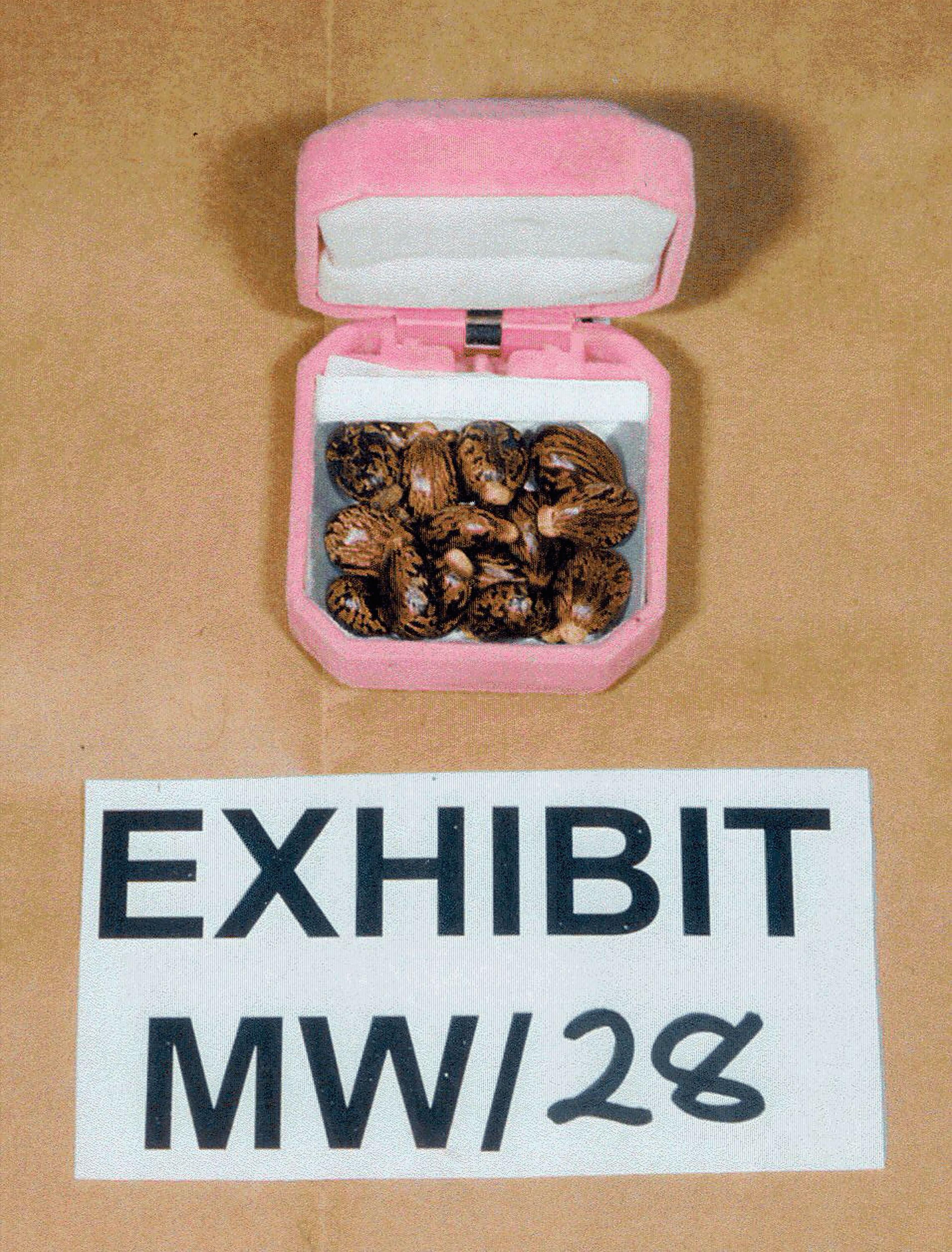Authorities last week dropped charges against Paul Kevin Curtis, the 45-year-old Elvis impersonator they had originally accused of sending ricin-laced letters to President Obama and a Republican senator. They then turned their attention to a second suspect: J. Everett Dutschke, a man described by the Washington Post as Curtis’ “longtime antagonist in a small-town Mississippi feud” and who has since been arrested.
(As we explained at the time, the paper had a number of other descriptors to choose from as well, including: alleged child molester, onetime political hopeful, martial arts instructor, and self-proclaimed Mensa member.)
Working against the government’s original case against Curtis was the fact that investigators believe that the ricin in the letters was made by crudely chopping castor beans in a food processor or blender—authorities, however, found neither device in Curtis’ home. Likewise, the police also found no trace of the poison in his home or car, and no Internet searches for how to make the drug on his computer. Based on court document made public today, authorities haven’t run into the same problems this time around. The Associated Press:
The affidavit said that on April 22, Dutschke removed several items from his former martial arts studio in Tupelo, including a dust mask, which tested positive for ricin. Trace amounts also were found in the studio, and Dutschke bought castor beans on the Internet, the document said. The beans can be used to make ricin.
Dutschke has denied involvement in the mailing of the letters. If convicted, he faces up to life in prison.
